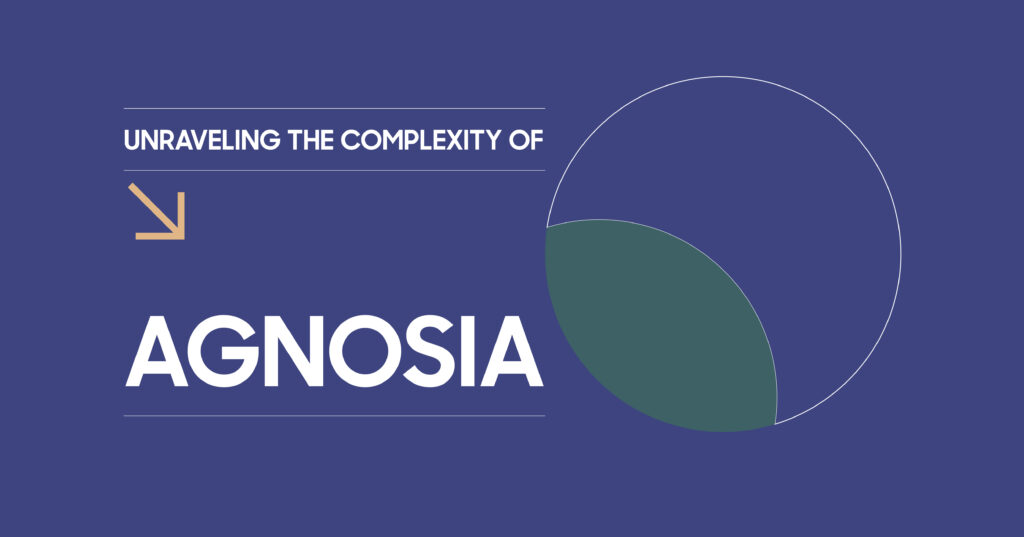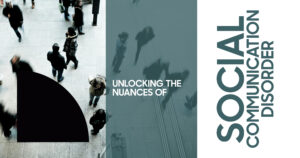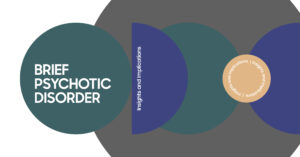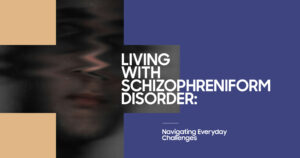Agnosia is a neurological disorder that impairs the capacity of an individual to identify and process sensory data, even though the sensory organs of the individual are normal. Basically, it is the failure of the brain to process the familiar stimuli, either in the form of sounds, objects, or faces. Agnosic people might have difficulties recognizing common objects or sounds, although their senses are normal. The knowledge of this situation illuminates the difficulty of the brain in its interpretation of the surrounding world. This paper will further discuss agnosia, its types, causes, symptoms, diagnosis, and treatment, among many others, but in a simple and easy-to-understand manner.
What Is Agnosia?
Agnosia is an unusual yet interesting disorder whereby people lose the ability to tell familiar objects, sounds, or even faces, even though they have normal sensory functions. It is a form of cognitive disorder that is brought about as a result of damage to the recognition systems in the brain. Agnosia sufferers can hear, see, and touch, but are unable to interpret and identify things appropriately. This ailment is commonly caused by injury to the brain, strokes, or neurological problems.
Definition and Overview of Agnosia
The term agnosia is used to describe the inability of the brain to process sensory information. This is not a problem with the sensory organs as such but a consequence of brain damage. This impairment usually involves parts of the brain that deal with sensory perception, like the occipital lobe (visual recognition) or the temporal lobe (auditory recognition). Agnosia may be a severe burden to the sufferer as it becomes hard to cope with the surrounding world.
Types of Agnosia
There are various types of agnosia, which may be distinguished by the affected type of sensory system. These types assume that a person has difficulty in recognizing or making sense of the information that is gathered by a certain sense.
Types of Agnosia and Affected Senses
| Type of Agnosia | Affected Sense | Description |
| Visual Agnosia | Sight | Inability to recognize objects, faces, or colors. |
| Auditory Agnosia | Hearing | Inability to recognize sounds or speech. |
| Tactile Agnosia | Touch | Difficulty identifying objects through touch. |
| Prosopagnosia | Sight (Face recognition) | Difficulty recognizing faces, even familiar ones. |
Causes and Risk Factors of Agnosia
Damage to the areas of the brain that aid in processing the senses is the primary cause of agnosia. Some of the major reasons that can lead to this condition are:
- Brain Injury. Brain damage, e.g., accident or fall. A stroke can be a condition where blood fails to reach certain parts of the brain, leaving them without oxygen, which damages them.
- Dementia. Agnosia may develop with time due to other neurodegenerative disorders such as Alzheimer’s disease.
- Infections and Tumors. Recognition centres can be damaged by infections such as encephalitis or a brain tumor.
Others are advanced age, family history, and a history of neurological conditions. Agnosia is a cognitive condition characterized by impaired recognition of familiar events, people, or places.

Symptoms and Diagnosis of Agnosia
The symptoms of agnosia can be different, as the condition can be of different types and different severities. Common symptoms include:
- Problems with face recognition (prosopagnosia)
- Failure to identify common things or sounds.
- Mixed up with spatial awareness (the lack of awareness of the positions of objects in reference to the body)
- Disordered sensory perception with intact sensory organs.
It is diagnosed through medical history, neurological examination, and medical imaging, such as a CT scan or an MRI test, to detect any damage to the brain. Specific recognition abilities can also be assessed by the use of cognitive tests.
Common Signs of Agnosia
There are some typical symptoms to be considered, such as:
- Failure to recognize everyday items. Though the individual sees the things, he or she might not recognize what they are.
- Inability to recognize familiar sounds or voices. Auditory agnosia may result in the inability to recognize sounds, even words spoken.
- Face recognition difficulty. This symptom is the most obvious among the prosopagnosics.
- Tactile problems. Some individuals are not able to identify objects through touch.
Diagnostic Tests and Neurological Evaluation
To diagnose agnosia, doctors usually conduct several tests. These may include:
- Neuroimaging (MRI/CT scans). It is used to examine the brain lesions or damage.
- Cognitive and psychological testing. To test particular skills, e.g., object or face recognition.
- Electrophysiological tests. To measure the activity of the brain and identify the foci of the dysfunction.
Treatment Options for Agnosia
Agnosia is treated depending on its severity and cause. Though sometimes it is impossible to cure agnosia, some measures can assist those who have this condition to learn to live. These may include:
- Occupational Therapy Techniques. These therapies are used to assist people in living more independently.
- Speech therapy. When dealing with auditory agnosia, speech therapy can be used to assist people in recovering sound processing capabilities.
- Medications. In certain situations, medications may assist in treating underlying disorders, e.g., Alzheimer’s or brain injury.
Living With Agnosia: Coping Strategies and Support
Coping strategies are necessary for people who have agnosia. These strategies include:
- Establishing a secure environment. It involves naming things or developing graphic assistance to facilitate identification.
- Developing a support system. Support groups, family members, and caregivers may provide both emotional and practical assistance.
- Routine and structure. Routine can be used to minimize bewilderment and frustration.
Studies of agnosia are still in progress, with emphasis on the causes and the creation of therapies. Neuroimaging has made it feasible to identify distinct regions of the brain that are affected by agnosia. There is experimental evidence of new treatment methods, such as cognitive rehabilitation and brain stimulation, which are potentially effective in the restoration of lost abilities in individuals.
Learn More at Treat Mental Health
Agnosia may be very emotionally and psychologically impactful to live with. The problems may lead to depression, anxiety, and frustration among people. One should also use professional support, particularly when experiencing mental health problems. Treat Mental Health is a private clinic that an individual can contact to learn more and get help for a variety of mental health-related issues, as well as other neurological conditions. Should you or a loved one be having a difficult time with agnosia, we are available to help and assist in dealing with both the mental and neurological aspects.
Contact Treat Mental Health to learn more about the complexity of Agnosia.

FAQs
What are the neurological conditions associated with the occurrence of agnosia after a brain injury?
Agnosia is experienced following brain damage after being subjected to such disorders as aphasia, memory loss, and motor deficiency. These disorders are expected to influence mental functions. There could also be emotional problems with the patients, as they are frustrated about losing certain abilities.
What is the impact of visual agnosia on the sense perception and recognition?
Visual agnosia causes individuals to see objects without recognizing them, thereby disrupting their senses and the way they relate to the world. The disorder may have a devastating impact on social life and self-sufficiency.
What are the major dissimilarities between auditory and tactile agnosia in terms of cognitive deficiency?
Auditory agnosia affects sound recognition, whereas the touch process affects object recognition based on the sense of touch, with different impairments of sensory processing. Both disorders may lead to serious derailments in regular life.
What makes individuals with visual agnosia hard to recognize?
Damage to the occipital lobe of the brain impairs recognition, making a person incapable of recognizing objects, faces, and even colors. This has the potential to generate emotional and social difficulties for affected persons.
What will one do with the problems of sensory perception in agnosia?
Individuals can employ adaptive measures, which include labelling objects, routines, and sensory stimulation therapy to overcome their recognition problems. Moreover, recognizing these strategies habitually may assist in the enhancement of the skills in recognition with time.








